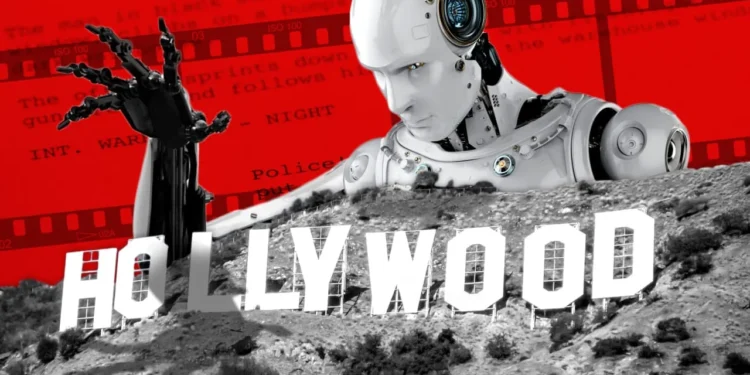Just a few years ago, Hollywood was in an uproar, with actors and writers wielding signs like “AI is SOULLESS” during massive strikes. Their main concern? The creeping infiltration of Artificial Intelligence into the creative processes of the entertainment industry. Fast forward to today, and the scene couldn’t be more different. Inside historic soundstages, where legends like Charlie Chaplin and Mabel Normand once filmed, Hollywood’s elite now toast to AI’s potential, marking a significant shift in attitudes.
AI’s integration into Hollywood is not just happening—it’s evolving at a rapid pace, even touching the prestigious realm of the Oscars. Recent films such as Emilia Perez and The Brutalist not only utilized AI but celebrated it, with Adrian Brody scooping up an Academy Award for Best Actor, thanks in part to AI-enhanced voice modulation for his role in The Brutalist.
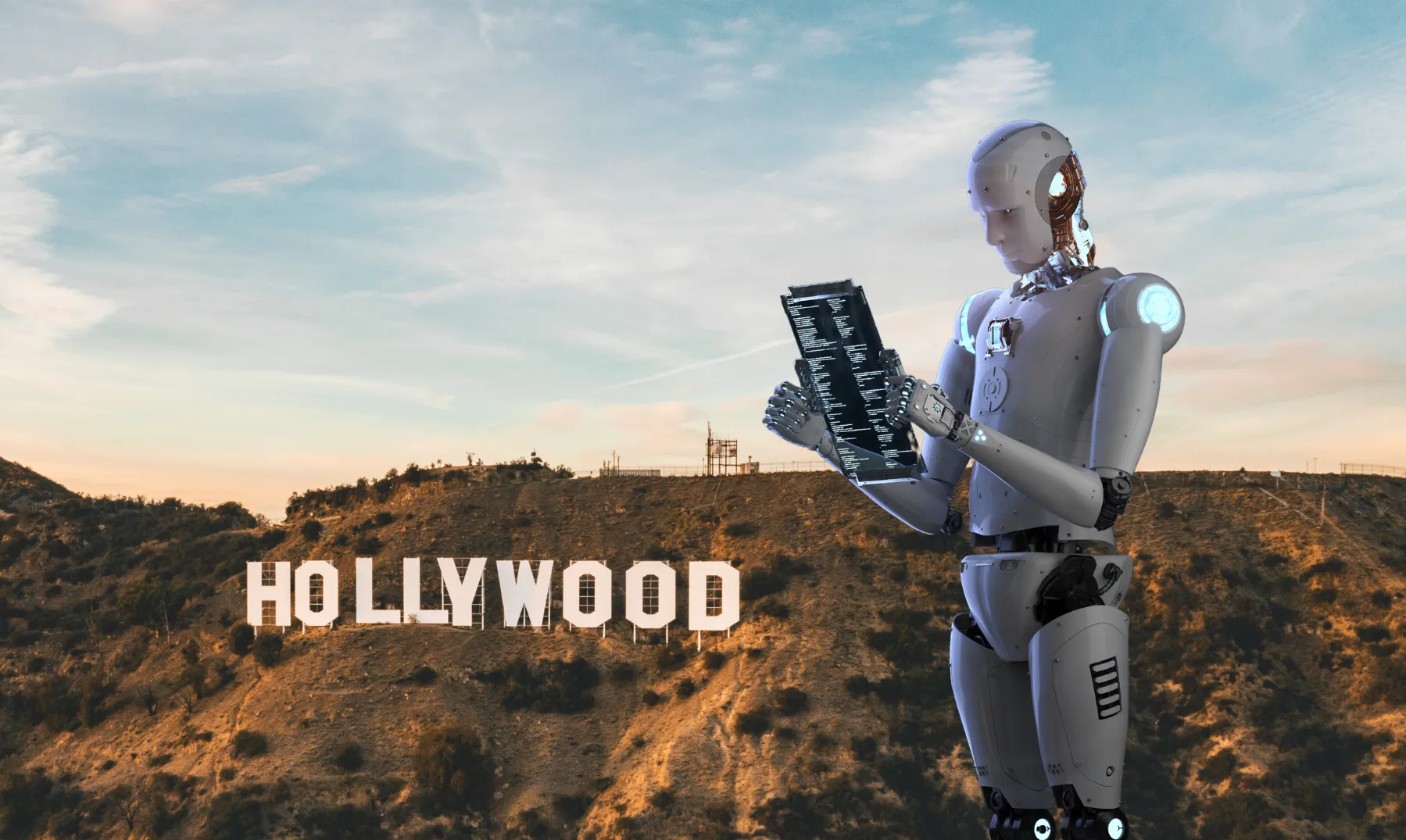
The AI Debate: Innovation or Threat?
Despite its accolades, the debate over AI’s role in cinema is ongoing. Bryn Mooser, co-founder of Moonvalley and host of a notable industry gathering, emphasizes AI’s inevitability in Hollywood. His company’s tool, Marey, compensates filmmakers for their footage, ensuring ethical AI development. “While AI may still be a dirty word to some, our product is clean because it pays for its content,” Mooser explained.
This ethical approach to AI development contrasts sharply with broader industry concerns about AI and copyright infringement. Major tech firms, including OpenAI and Google, face lawsuits alleging that their AI models were trained on copyrighted material without proper consent. This contentious issue highlights the industry’s struggle between embracing technological advances and protecting creators’ rights.
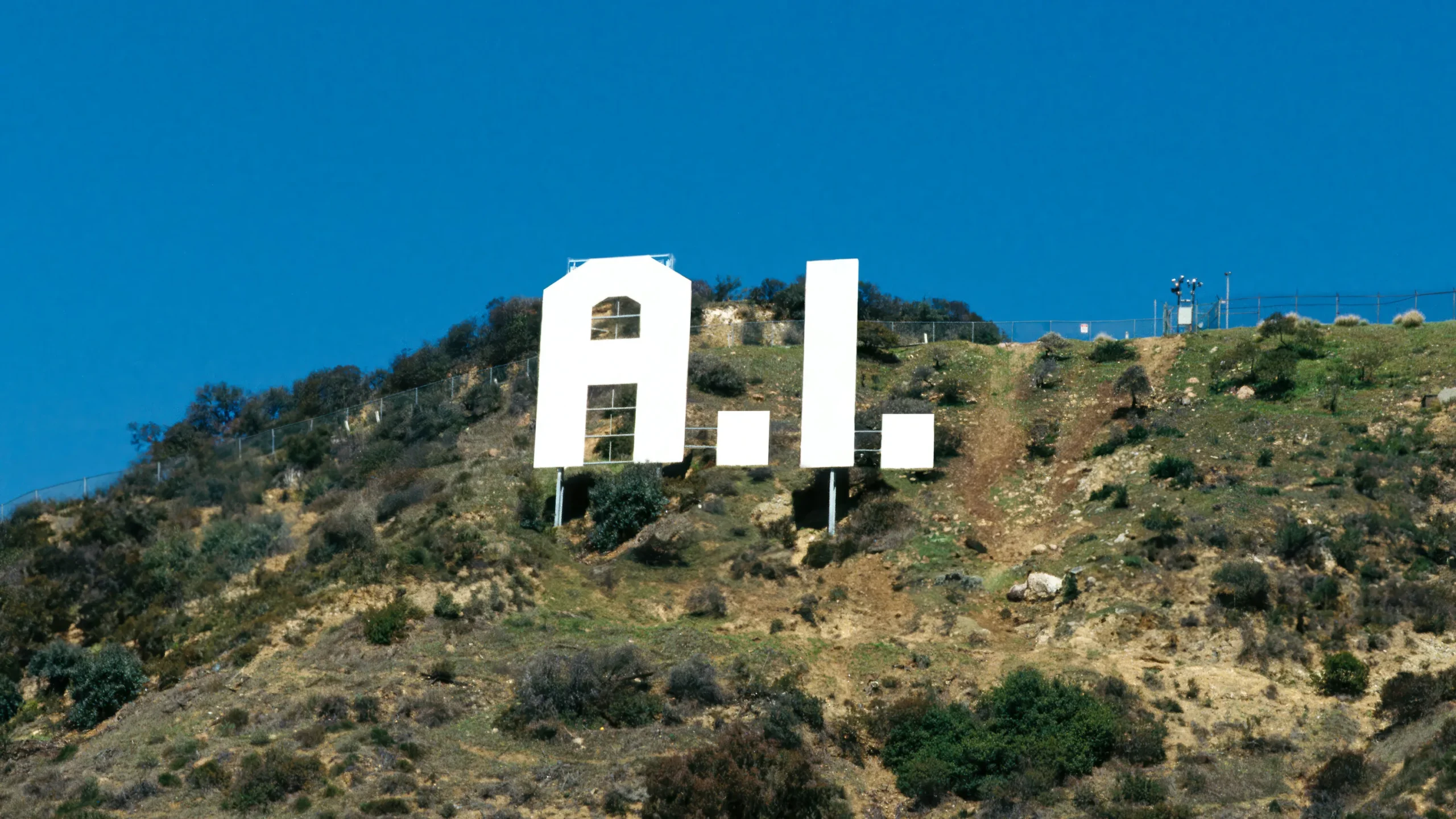
Hollywood’s New Reality: AI at the Forefront
The use of AI in film production—from scriptwriting to voice modulation and even creating younger versions of actors like Tom Hanks and Harrison Ford—points to a significant shift. Generative AI is particularly transformative, enabling machines to perform tasks that seem human-like but at a much faster pace. This raises concerns about job security, with AI potentially replacing roles traditionally held by humans.
At a recent AI-themed party in Silver Lake, discussions about the technology’s future were animated yet cautious. “We’re here to learn,” one executive mentioned, reflecting a common sentiment among attendees. The industry is curious but wary, understanding that while AI can revolutionize filmmaking, it must not sideline the human artists at its core.
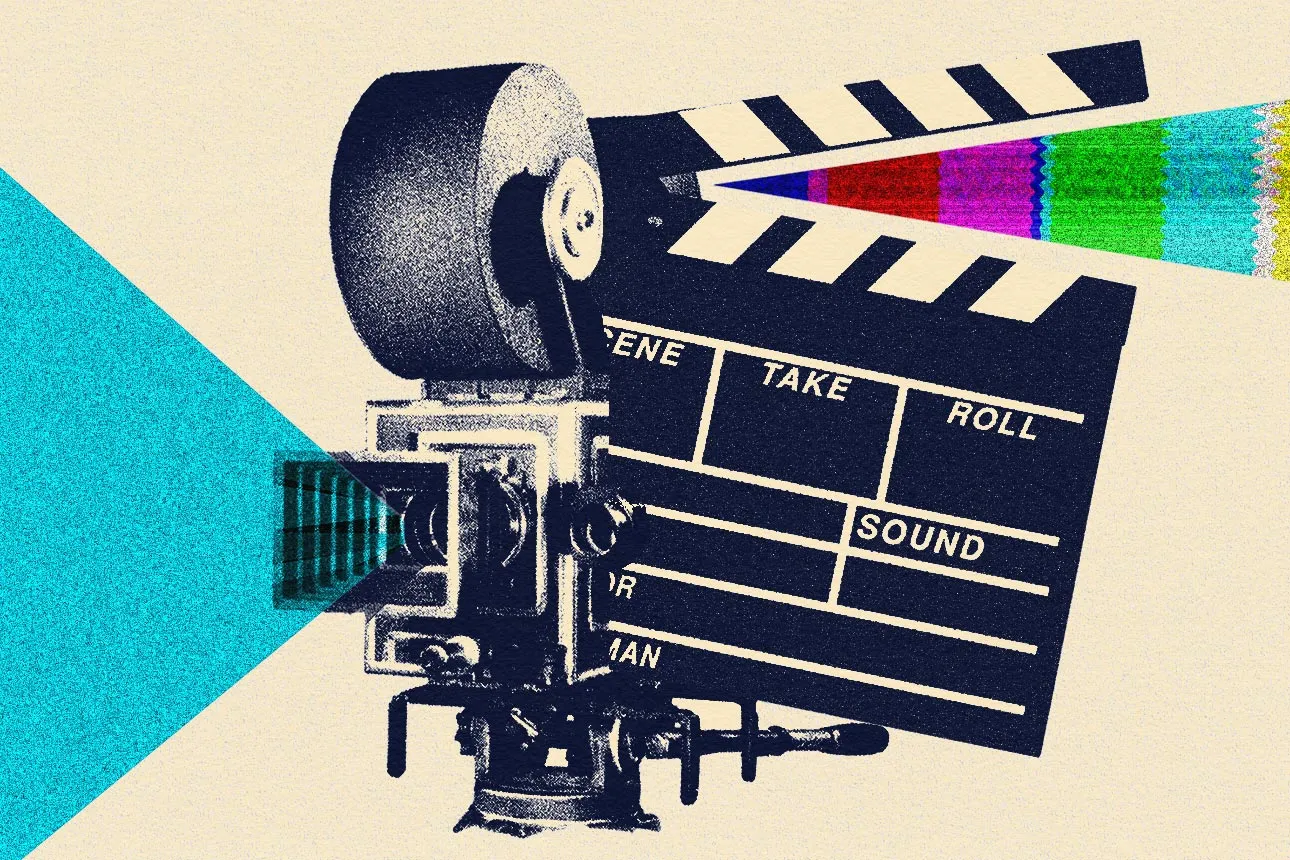
As Hollywood navigates this new technological landscape, the broader implications for the entertainment industry are still unfolding. With AI’s potential to lower production costs and democratize filmmaking, the next big directorial names might emerge from unexpected places. However, as Mooser points out, ensuring that AI serves the artist rather than dominates them is crucial.
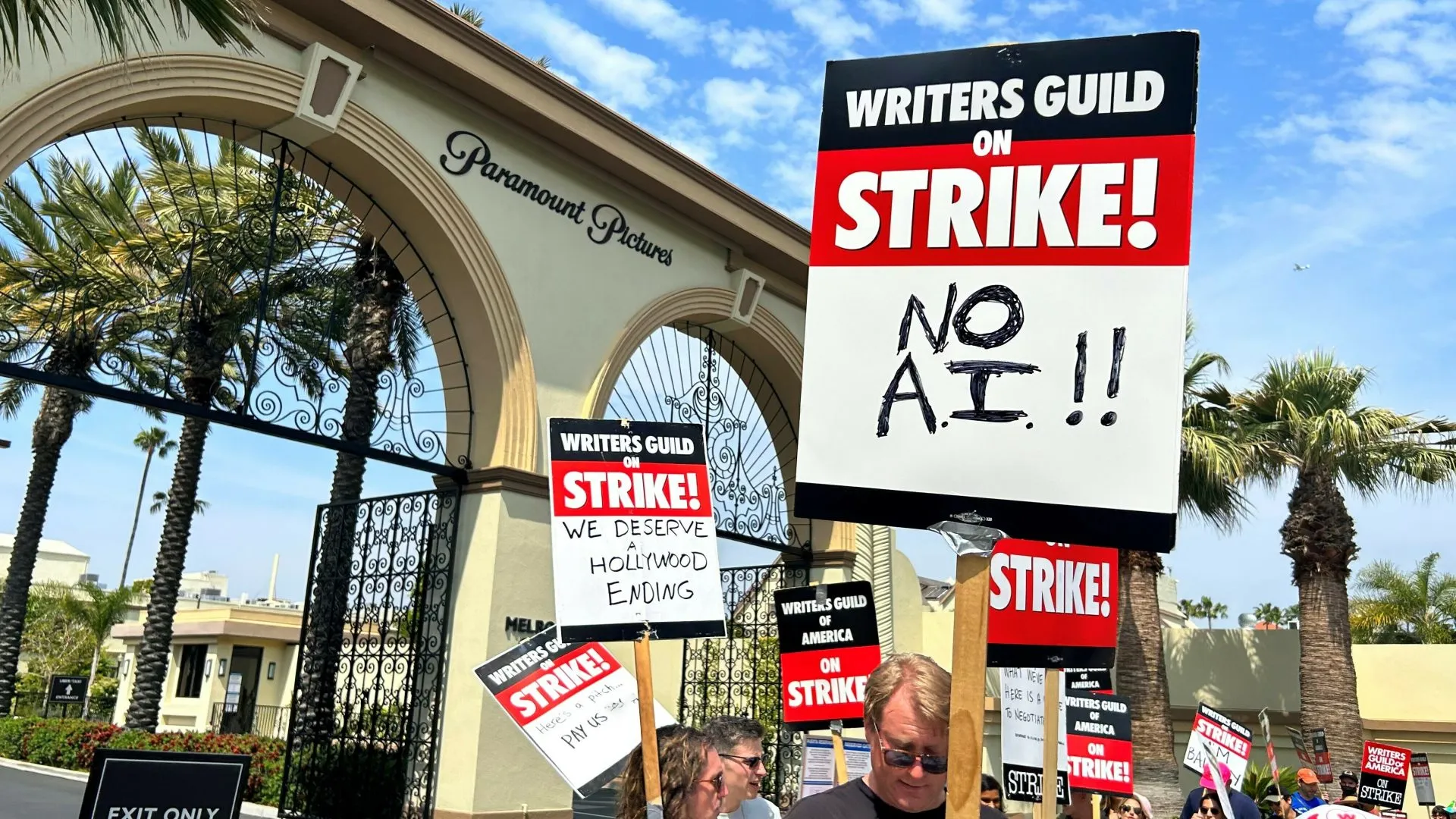
The integration of AI in Hollywood is a narrative of transformation and tension, reflecting broader themes of innovation versus tradition. As the industry stands at this crossroads, the ultimate direction it takes may well redefine entertainment as we know it, promising a future where technology and creativity coexist harmoniously.

